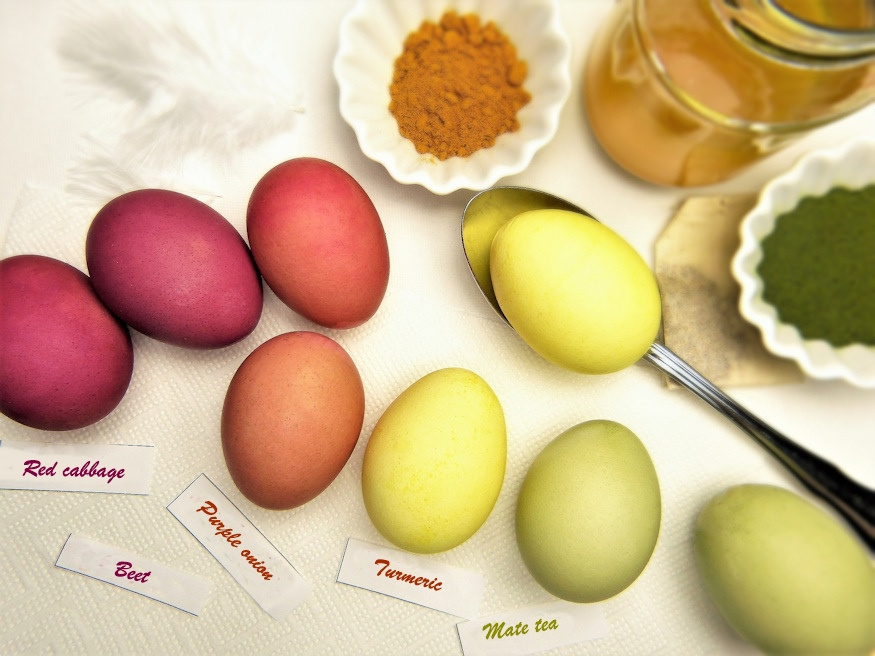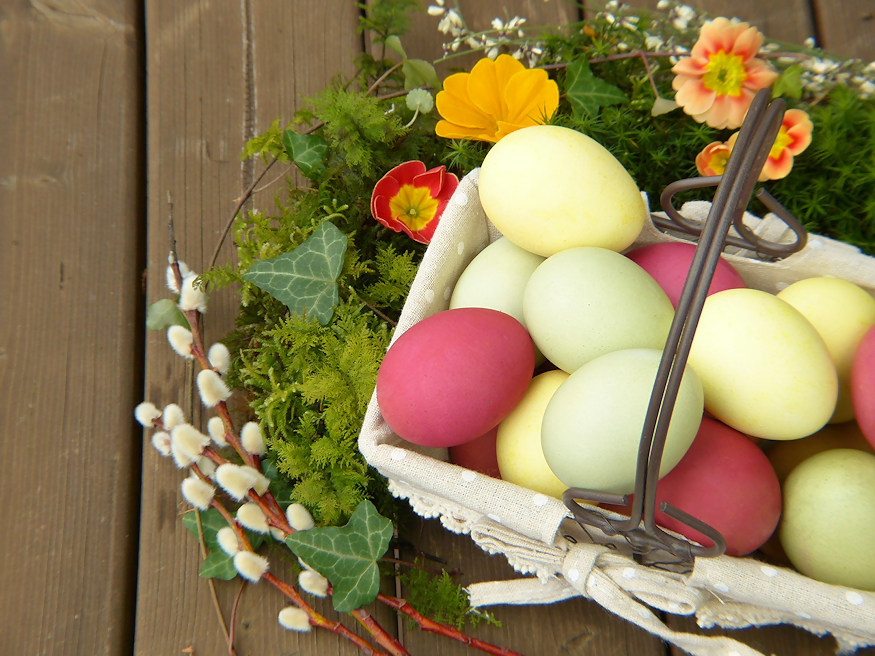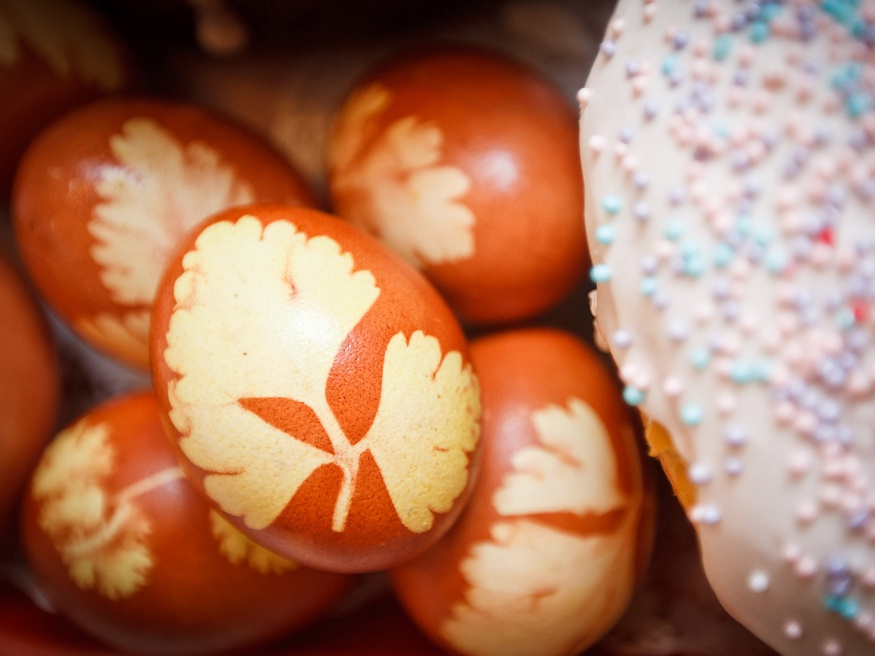Dyeing Easter eggs with natural, plant-based dyes is an enchanting and creative way to infuse the holiday with vibrant hues. Explore a spectrum of colors derived from common plants and learn how to craft uniquely patterned Easter eggs. In this guide, we’ll delve into the magic of natural dyes and the captivating process of decorating eggs.
Unearthing Nature’s Palette: A Botanical Guide
Let’s dive into the captivating world of dyeing Easter eggs using natural plant-based sources. The colors produced are not only visually stunning but also a testament to the wonders of nature. Below is a list of plants paired with the colors they lend to eggshells:
- Red/Pink: Beets, cranberries, raspberries, red onion skins
- Orange: Onion skins, turmeric
- Yellow: Turmeric, chamomile, saffron, carrot tops
- Green: Spinach leaves, parsley, dill, cilantro
- Blue: Red cabbage, blueberries
- Purple: Grape juice, blackberries, red wine
- Brown: Coffee, black tea, walnut shells
It’s worth noting that the intensity of these colors can vary based on factors such as the quantity of plant material used, the duration of egg soaking and the pH level of the water. The true joy lies in experimenting with different plants and combinations, yielding an array of unique and breathtaking hues.

- Turmeric boasts its brilliance in producing a vivid yellow shade.
- Red cabbage offers a range from blue to green, depending on the acidity of the dye bath. A dash of vinegar yields a blue hue, while a pinch of baking soda results in a lush green.
- Beets enchant with shades ranging from pink to deep red.
- Delicate light green emerges from spinach.
- Onion skins paint eggs with a spectrum of orange to brown hues, contingent upon the duration of the soak.

Other plant-based options include blueberries, raspberries, blackberries, coffee and tea. As mentioned earlier, perfecting the desired shade necessitates tinkering with dye concentration and soaking duration. You may need to experiment a bit to find the right balance for the colors you want. Have fun and enjoy the journey of discovery!

Crafting Exquisite Patterns with Onion Skins and Herb Leaves
For an extra touch of artistry, let’s delve into creating patterned Easter eggs using onion skins and herb leaves:
- Begin by collecting dry, papery onion skins and an assortment of fresh herb leaves like parsley, dill or cilantro.
- Cut squares of nylon stocking or cheesecloth, each large enough to envelop an egg and secure at the top.
- Place a herb leaf or a small bundle of leaves on the egg’s surface, where you wish the pattern to materialize. Keep the leaf in place with your fingertips as you wrap the egg in the square of stocking or cheesecloth.
- Gently gather the cloth’s corners around the egg and tie them securely at the top using string or a twist tie. Repeat this process for as many eggs as you desire to dye.
- Submerge the wrapped eggs in a pot of water and bring them to a gentle boil. Allow them to simmer for approximately 20 minutes. Once the desired color is achieved, remove the eggs from the water and allow them to cool.
- With care, unwrap the eggs, unveiling their beautifully patterned designs created by the herb leaves. Delicately remove the herb leaves to reveal the stunning patterns adorning the eggs.

Behold the artistry that is yours to create – Easter eggs elegantly patterned with all-natural dyes! In this time-honored tradition, nature’s bounty and your creativity combine to produce an Easter celebration that is both visually captivating and deeply meaningful. Enjoy the journey of transforming ordinary eggs into exquisite works of art using the wonders of the natural world. Happy Easter!









